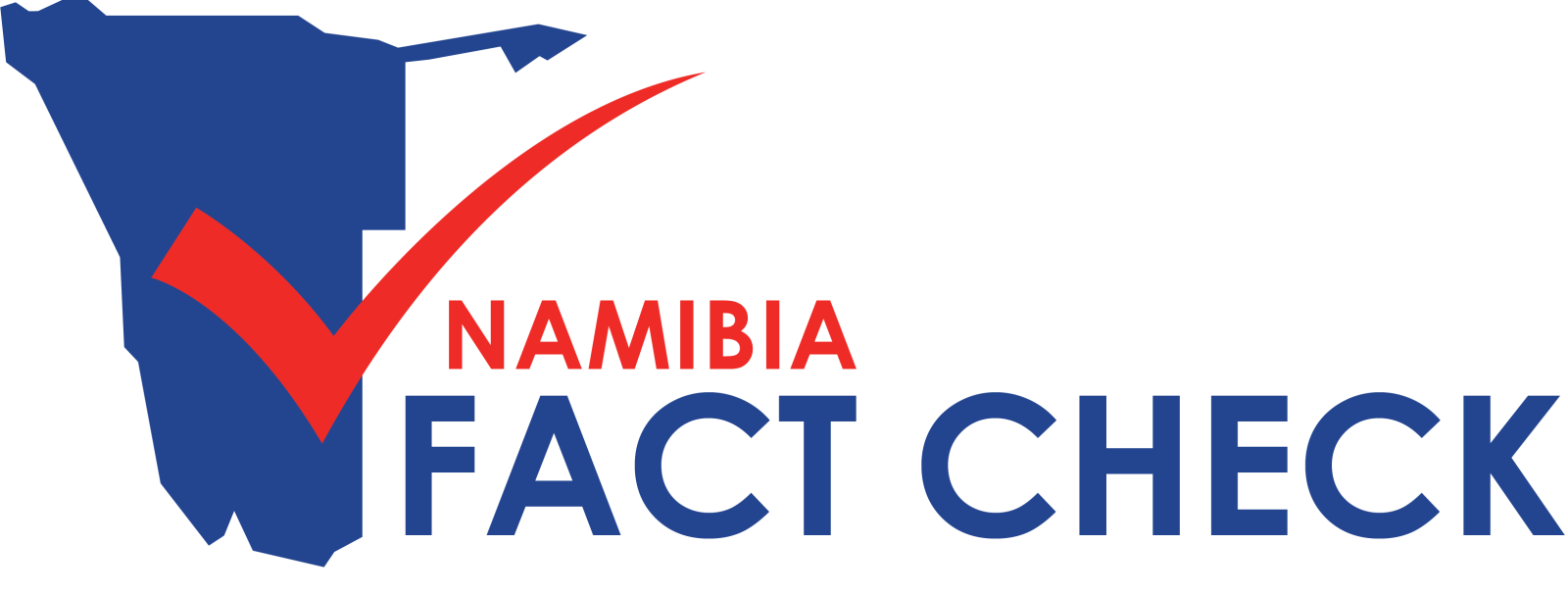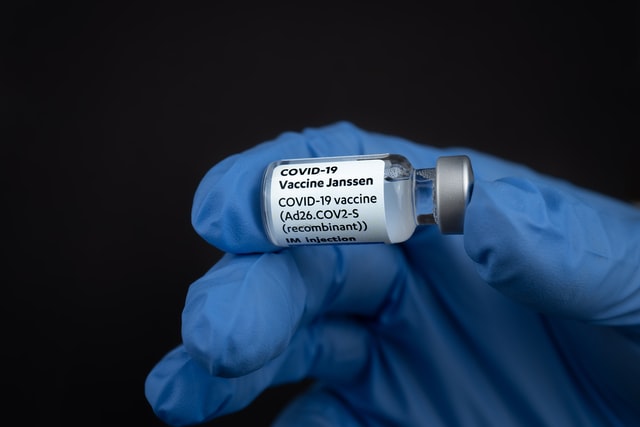Photo by Mika Baumeister on Unsplash
The Johnson & Johnson vaccine has become popular since its arrival and rollout in Namibia in September 2021.
On 14 September 2021, Namibia received a consignment of the Johnson & Johnson COVID-19 vaccine that it had procured through the African Union’s (AU) African Vaccine Acquisition Trust (AVAT). The consignment consisted of 108,000 doses of the vaccine. Since then, tens of thousands of Namibians have opted for the vaccine over other vaccines available in the country.
Here’s what you need to know about the Johnson & Johnson COVID-19 vaccine:
- The vaccine is manufactured by the Janssen Pharmaceutical Companies of American pharmaceutical multinational Johnson & Johnson;
- The vaccine is a viral vector vaccine, which “uses a safe virus to deliver specific sub-parts – called proteins – of the germ of interest so that it can trigger an immune response without causing disease. To do this, the instructions for making particular parts of the pathogen of interest are inserted into a safe virus. The safe virus then serves as a platform or vector to deliver the protein into the body. The protein triggers the immune response”;
- The vaccine is officially called Janssen Ad26.COV2.S;
- Janssen Ad26.COV2.S vaccine is “one dose (0.5 ml) given intramuscularly”;
- The vaccine was granted emergency use authorisation by the US’s Food and Drug Administration (FDA) on 27 February 2021;
- The vaccine was granted conditional marketing authorisation by the European Medicines Agency (EMA)on 11 March 2021;
- The vaccine was granted emergency use listing by the World Health Organization (WHO) on 12 March 2021;
- It is one of three vaccines approved for use by the Africa Regulatory Taskforce;
- According to the WHO: “28 days after inoculation Janssen Ad26.CoV2.S was found to have an efficacy of 85.4% against severe disease and 93.1% against hospitalization. A single dose of Janssen Ad26.COV2.S was found in clinical trials to have an efficacy of 66.9% against symptomatic moderate and severe SARS-CoV-2 infection”;
- The most common side effects of the vaccine, according to the EMA, “were usually mild or moderate and got better within 1 or 2 days after vaccination. The most common side effects are pain at the injection site, headache, tiredness, muscle pain and nausea. They may affect more than 1 in 10 people. Coughing, joint pain, fever, chills, as well as redness and swelling at injection site may affect up to 1 in 10 people. Sneezing, tremor, dizziness, paraesthesia (unusual sensations like numbness, tingling or pins and needles), throat pain, rash, sweating, diarrhoea, muscle weakness, pain in the arms and legs, backache, weakness and feeling generally unwell may affect up to 1 in 100 people”;
- As for more severe side effects, the EMA stated: “Thrombosis (formation of blood clots in the blood vessels) in combination with thrombocytopenia (low levels of blood platelets) and Guillain-Barré syndrome (a neurological disorder in which the body’s immune system damages nerve cells) may affect up to 1 in 10,000 people. Allergic reactions, including anaphylaxis (severe allergic reaction), have occurred in people receiving the vaccine”;
- On 13 April 2021, in a joint statement, the US’s Centres for Disease Control and Prevention (CDC) and the FDA announced a pause in the administering of the vaccine in the US because “of a rare and severe type of blood clot in individuals after receiving the J&J vaccine”;
- On 23 April 2021 the FDA and CDC announced that the use “of the Janssen COVID-19 Vaccine should be resumed in the United States” and that the two agencies “have confidence that this vaccine is safe and effective in preventing COVID-19”;
- The Janssen Ad26.COV2.S is approved for emergency use in 76 countries;
- As of 16 November 2021, the Johnson & Johnson COVID-19 vaccine is not yet approved for use in Namibia.
This article will be updated as new information becomes available about this vaccine.

